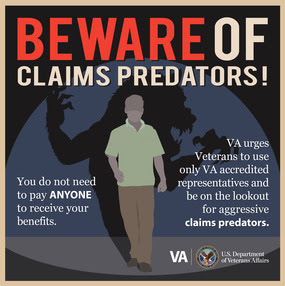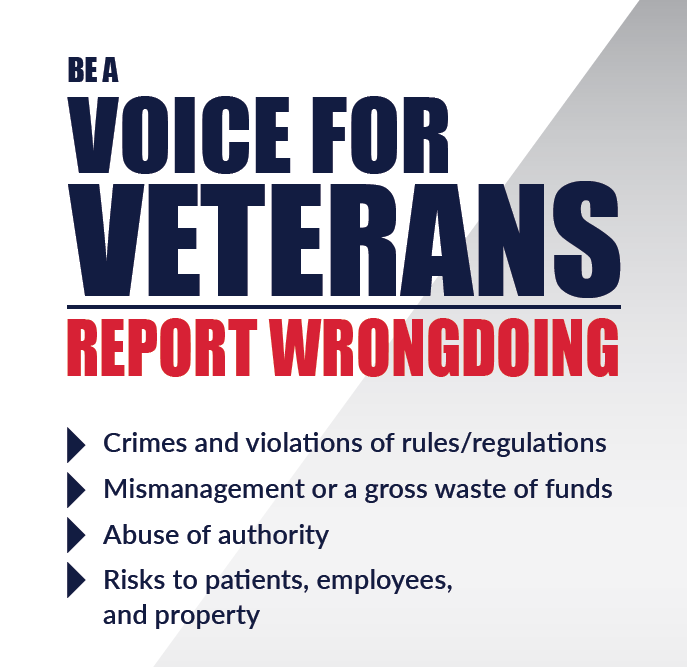- Home
- Veterans Law Info
- Case Law
- Gilbert v. Derwinski
Gilbert v. Derwinski (1990)
Gilbert v. Derwinski, 1 Vet. App. 49 (1990) is an important Court of Appeals for Veterans Claims (CAVC) case decided in 1990, soon after the Court was created by Congress.1 The case is important for two reasons.
PTSDexams.net is an educational site with no advertising and no affiliate links. Dr. Worthen conducts Independent Psychological Exams (IPE) with veterans, but that information is on his professional practice website.
Equipoise Principle
First, the decision affirmed--in clear, precise language--the benefit of the doubt provision of the law,2 also known as the equipoise principle in veterans law.
Therefore, a veteran need only demonstrate that there is an "approximate balance of positive and negative evidence" in order to prevail; entitlement need not be established "beyond a reasonable doubt," by "clear and convincing evidence," or by a "fair preponderance of evidence."
In other words, as counsel for the Secretary agreed at oral argument, the preponderance of the evidence must be against the claim for benefits to be denied. In a very real sense, the Secretary faces an easier task than other administrative or judicial factfinders who must render a decision even in the closest of cases; when a veteran seeks benefits and the evidence is in relative equipoise, the law dictates that the veteran prevails.
Eloquent Explanation
The Court went on to eloquently explain the rationale for this equipoise principle:
This unique standard of proof is in keeping with the high esteem in which our nation holds those who have served in the Armed Services.
It is in recognition of our debt to our veterans that society has through legislation taken upon itself the risk of error when, in determining whether a veteran is entitled to benefits, there is an ‘approximate balance of positive and negative evidence.’ By tradition and by statute, the benefit of the doubt belongs to the veteran.
Reasons & Basis
Second, the Court's opinion emphasized the Board of Veterans Appeals (BVA) responsibility to fully explain the reasons and basis for its decisions:
In view of the mandate of § 4004(d)(1) that the BVA articulate with reasonable clarity its "reasons or bases" for decisions, and in order to facilitate effective judicial review, the Board must identify those findings it deems crucial to its decision and account for the evidence which it finds to be persuasive or unpersuasive. These decisions must contain clear analysis and succinct but complete explanations. A bare conclusory statement, without both supporting analysis and explanation, is neither helpful to the veteran, nor "clear enough to permit effective judicial review", nor in compliance with statutory requirements.(emphasis added)
Citation
The full citation for the case is:
Gilbert v. Derwinski, 1 Vet. App. 49 (1990).
Download Gilbert v. Derwinski
Download the Court's opinion in Gilbert v. Derwinski 1 Vet. App. 49 (1990).
Footnotes
1. Pub. L. No. 100-687, 102 Stat. 4105 (1988).
2. At the time of the Court's decision, this provision was at 38 U.S.C. § 3007(b), but the section was renumbered in 1991 and can now be found at 38 U.S.C. § 5107(b), and reads as follows:
§5107. Claimant responsibility; benefit of the doubt(b) Bᴇɴᴇғɪᴛ ᴏғ ᴛʜᴇ Dᴏᴜʙᴛ.—The Secretary shall consider all information and lay and medical evidence of record in a case before the Secretary with respect to benefits under laws administered by the Secretary. When there is an approximate balance of positive and negative evidence regarding any issue material to the determination of a matter, the Secretary shall give the benefit of the doubt to the claimant.
Subscribe to receive new articles and other updates
What Do You Think?
I value your feedback!
If you would like to comment, ask questions, or offer suggestions about this page, please feel free to do so. Of course, keep it clean and courteous.
You can leave an anonymous comment if you wish—just type a pseudonym in the "Name" field.
If you want to receive an email when someone replies to your comment, click the Google Sign-in icon on the lower right of the comment box to use Google Sign-in. (Your email remains private.)
↓ Please comment below! ↓


